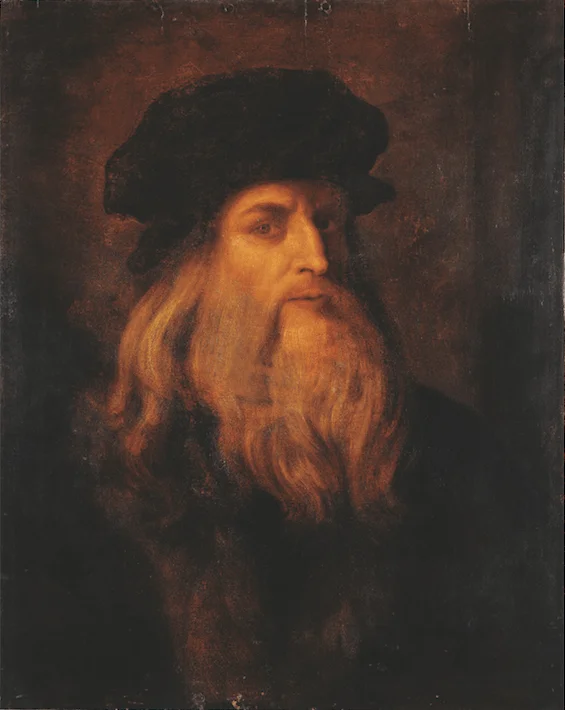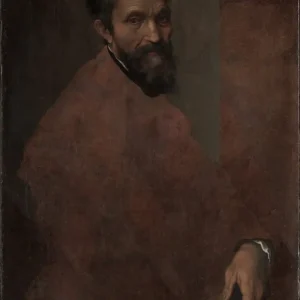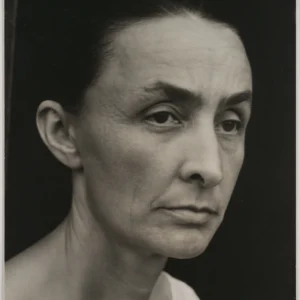Leonardo di ser Piero da Vinci, born on April 15, 1452, in Vinci, Italy, is widely regarded as one of the most diversely talented individuals to have ever lived. A polymath whose expertise spanned multiple disciplines, including painting, sculpture, anatomy, engineering, and architecture, da Vinci’s contributions to the Renaissance period were immense. His insatiable curiosity and innovative spirit have left an indelible mark on art, science, and technology.
Early Life and Education
Leonardo was born out of wedlock to a notary, Piero da Vinci, and a peasant woman, Caterina. Raised by his father and stepmother in the small town of Vinci, Leonardo had access to scholarly texts owned by family and friends, which fueled his curiosity from a young age. His formal education was limited, but he displayed an extraordinary talent for drawing.
At the age of 14, Leonardo moved to Florence, where he apprenticed with the renowned artist Andrea del Verrocchio. This apprenticeship provided Leonardo with a comprehensive education in the arts, including painting, sculpture, and mechanical arts. Verrocchio’s workshop was a hub of artistic and intellectual activity, exposing Leonardo to the leading ideas and techniques of the time.
Artistic Mastery
Early Works and Innovations
Leonardo’s artistic career began in Florence, where he completed his first known work, “The Annunciation” (c. 1472–1475). His ability to capture intricate details and realistic human emotions set him apart from his contemporaries. One of his early masterpieces, “The Adoration of the Magi” (1481), remains unfinished but showcases his innovative use of perspective and composition.
The Milan Period
Leonardo’s move to Milan in 1482 marked a significant period of artistic growth. Under the patronage of Ludovico Sforza, Duke of Milan, Leonardo created some of his most iconic works. “The Last Supper” (1495–1498), painted on the wall of the Convent of Santa Maria delle Grazie, is a prime example of his mastery. The painting’s composition, use of perspective, and depiction of human emotion have made it one of the most studied and revered works of art.
Scientific and Technological Endeavors
Leonardo’s interests extended far beyond the realm of art. He meticulously documented his observations and ideas in notebooks, covering subjects such as anatomy, geology, botany, and physics. His anatomical drawings, based on dissections he performed, were groundbreaking and far ahead of their time. Leonardo’s studies of the human body, including the Vitruvian Man, demonstrated his belief in the interconnectedness of art and science.
Leonardo’s engineering prowess was equally remarkable. He designed numerous inventions, including flying machines, military weaponry, and hydraulic systems. While many of his designs were never built during his lifetime, they laid the groundwork for future technological advancements. His concept of the helicopter, detailed in his Codex Atlanticus, and his studies of fluid dynamics illustrate his visionary thinking.
Later Works and Legacy
Leonardo returned to Florence in 1503, where he began work on one of his most famous paintings, the “Mona Lisa.” Completed in 1506, this portrait of Lisa Gherardini is renowned for its enigmatic expression and masterful use of sfumato, a technique that creates a soft transition between colors. The “Mona Lisa” remains one of the most iconic and recognizable artworks in the world.
In 1516, Leonardo moved to France at the invitation of King Francis I, where he spent the final years of his life. He continued to work on various projects and served as a trusted advisor to the king. Leonardo died on May 2, 1519, in Amboise, France, leaving behind a legacy that continues to inspire and captivate.
Personal Struggles and Triumphs
Leonardo’s life was not without its challenges. He faced legal and personal difficulties, including accusations of sodomy in 1476, which, although dismissed, caused significant distress. His status as an illegitimate child also impacted his social standing. Despite these obstacles, Leonardo’s resilience and dedication to his work remained unwavering.
Leonardo’s notebooks, filled with his thoughts, sketches, and inventions, offer a glimpse into his relentless pursuit of knowledge. His ability to merge art and science, creativity and logic, has made him a timeless symbol of the Renaissance ideal.
Impact on Art and Science
Leonardo da Vinci’s impact on art and science is immeasurable. His innovative techniques and meticulous observations revolutionized the way artists approached their craft. His studies of anatomy not only advanced medical knowledge but also influenced the portrayal of the human form in art.
Leonardo’s emphasis on empirical observation and experimentation laid the groundwork for the scientific method. His holistic approach to understanding the natural world continues to inspire scientists, engineers, and artists alike. The intersection of art and science in his work exemplifies the Renaissance spirit of inquiry and discovery.
Legacy and Influence
Leonardo’s legacy extends far beyond his lifetime. His artworks, such as “The Last Supper” and the “Mona Lisa,” continue to be celebrated for their artistic brilliance and emotional depth. His notebooks, filled with sketches and writings, provide valuable insights into his thought process and intellectual pursuits.
Leonardo’s influence can be seen in the works of countless artists, scientists, and thinkers who followed in his footsteps. His interdisciplinary approach serves as a model for creative and innovative problem-solving. The annual Leonardo da Vinci Award, established in his honor, recognizes individuals who embody his spirit of curiosity and innovation.
Conclusion
Leonardo da Vinci’s life and work embody the essence of the Renaissance. His insatiable curiosity, boundless creativity, and unwavering dedication to his craft have left an indelible mark on the world. From his early beginnings in Vinci to his final years in France, Leonardo’s journey is a testament to the power of human potential.
Through his art, scientific studies, and technological innovations, Leonardo da Vinci has become a symbol of the limitless possibilities of the human mind. His legacy continues to inspire and challenge us to explore, create, and discover. As we celebrate his contributions, we are reminded of the enduring power of curiosity and the transformative impact of a true genius.
From his masterpieces to his scientific breakthroughs, Leonardo da Vinci’s story is one of extraordinary talent, relentless pursuit of knowledge, and timeless influence. His contributions to art, science, and technology are celebrated, ensuring that the Renaissance genius will always be remembered and revered.



